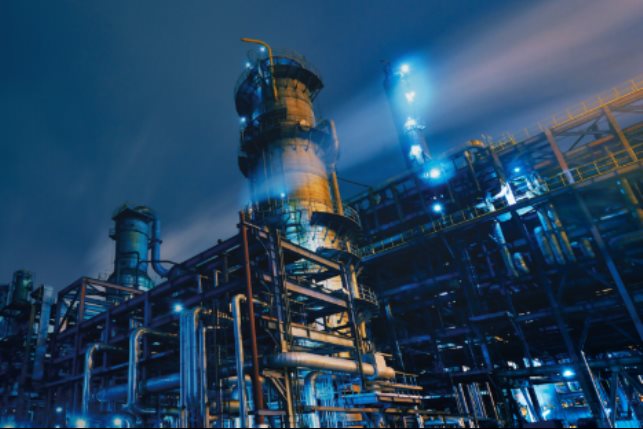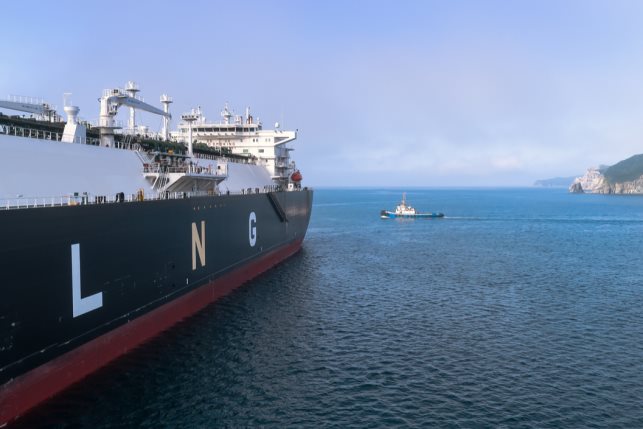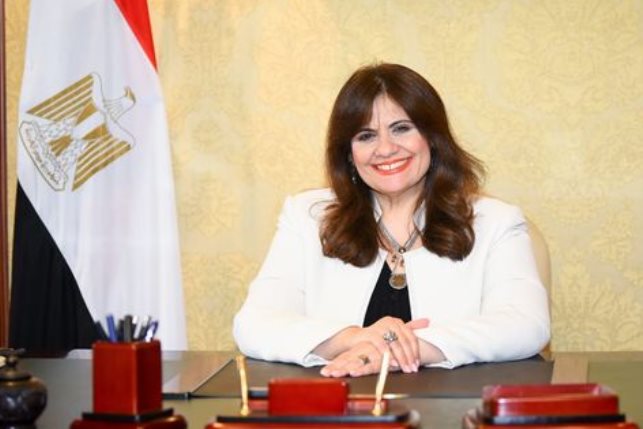Fueling the Future: A Comprehensive Overview of the Egypt's Multi-Billion Pound Investment in Sustainable Infrastructure, Environmental Initiatives
Egypt's relentless pursuit of green initiatives showcases its commitment to environmental sustainability.
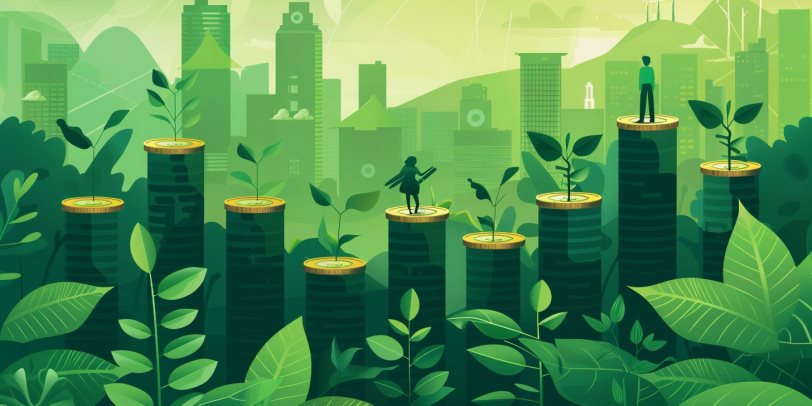
Egypt has achieved significant milestones in climate adaptation through the implementation of a diverse range of green projects. These projects, as highlighted by the Ministry of Planning and Economic Development, encompass desalination plants, waste treatment facilities, modern irrigation systems, canal rehabilitation, coastal protection projects, metro networks, railway systems, wind power stations, and solar energy generation facilities.
In a recent report, the Ministry revealed that the investment plan aims to escalate the proportion of green projects to 50% by the conclusion of the 2024/2025 fiscal year. The total estimated cost and targeted investments earmarked to bolster Egypt's green economy stand at a formidable $14.7 billion.
Furthermore, the fiscal year 2022-2023 witnessed a considerable allocation of funds towards green projects in Egypt, amounting to a staggering 336 billion Egyptian pounds, spanning various sectors.

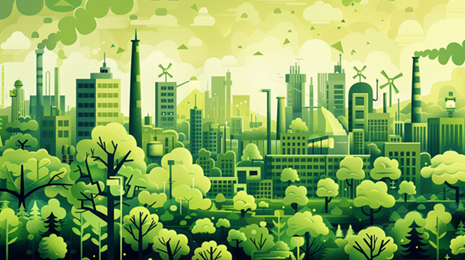

Egypt's Ambitious Green Energy Projects for 2023/2024
1. Conversion of Aerial Power Lines to Underground Cables: The targeted projects in the electricity and renewable energy sector for the fiscal year 2023/2024 include the replacement of aerial power lines with underground cables spanning 400 kilometers.
2. Network Realignment to Accommodate National Road Development: Another crucial initiative involves the relocation and realignment of conflicting electricity networks to align with the national road development project, covering a total distance of 100 kilometers.
3. Completion of Medium Voltage Electrical Network and Construction of Dabaa Nuclear Power Plant Infrastructure: Additionally, efforts will focus on the completion of the medium voltage electrical network and the establishment of the Dabaa Nuclear Power Plant's initial phase, including the construction of the Dabaa electricity line.
4. Completion of Wind Power Station in the Gulf of Suez: A significant milestone is the finalization of the wind power station project in the Gulf of Suez, boasting a capacity of 250 megawatts.
5. Expansion of Electricity Generation Facilities in Hurghada and Zafarana: Furthermore, the implementation will continue for the construction of electricity generation stations in Hurghada (20 megawatts) and Zafarana (50 megawatts).
6. Preparation of Land for Solar Energy Projects: Lastly, there will be a focus on preparing lands designated for solar energy projects in various regions such as East and West Nile, Kom Ombo, and West Sohag, similar to the Benban Solar Energy Complex in West Aswan.
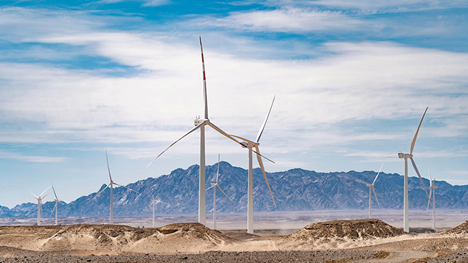
The Ras Ghareb project in Egypt, boasting 262 MW of capacity and 125 turbines, stands as the nation's largest wind energy endeavor. Situated along the coast, it leverages the region's consistent and robust winds for optimal power generation.
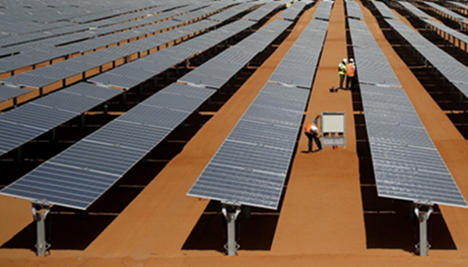
The Benban project is one of the largest stations in the world, producing approximately 1.5 gigawatts.

Key Climate Change Mitigation Projects
1. Electric Fast Train
2. Metro Systems
3. Monorail Projects in the New Administrative Capital and 6th of October City
4. Sustainable Organic Waste Management
5. Photovoltaic Solar Power Generation Station in Hurghada
6. Wind Power Stations (Gulf of Suez)
7. Solid Waste Management System
8. Establishment and Upgrading of Automated Slaughterhouses
9. El-Ramilah 4 Desalination Plant Project in East Matrouh (Capacity: 130/65 thousand m3/day)
10. Sea Desalination Plant in Sharm El-Sheikh (Capacity: 30 thousand m3/day)
11. Expansion of the Triple-Arab Abu Saad Treatment Plant (Capacity: 250 thousand m3/day)
12. Additionally, the establishment of the Triple-Arab Marsa Matrouh Treatment Plant (Capacity: 60/30 thousand m3/day).
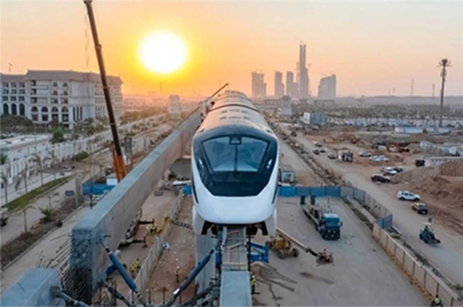
Egypt's inaugural monorail train traversing its route within the New Administrative Capital.

Renewable Energy Target: 42% by 2035
The initiatives outlined in the plan aim to increase the proportion of renewable energy to 22% of total energy consumption by 2022/2023, then to 25% by 2024/2025, and eventually reach 42% by 2035.
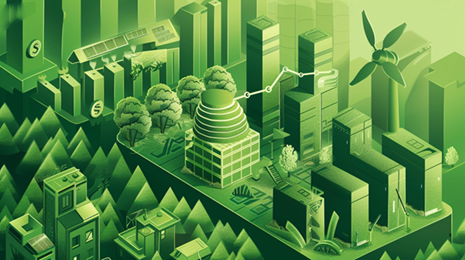
This will be achieved through the expansion of solar and wind energy projects, such as the Benban Solar Power Complex in Aswan and the Ras Gharib Wind Farm Project, in addition to encouraging waste-to-energy projects.
In the agricultural sector, initiatives include expanding organic farming, reducing the use of chemical pesticides, enhancing the efficiency of veterinary units through the expansion of automated slaughterhouses, cultivating drought-resistant crops, and adopting modern agricultural techniques and early-maturing crop varieties.

Key Renewable Energy Projects
1. Benban Solar Energy Complex: With an investment volume reaching $2 billion and a total production capacity of 1465 megawatts.
2. Pumped Hydroelectric Power Generation: This technology involves investments totaling $2.7 billion and a production capacity of 2400 megawatts.
3. Jabal El-Zeit Wind Power Station: Costing $12 billion, this project aims to produce electricity from wind energy with a total production capacity of 580 megawatts.
4. Suez Wind Power Station: Contracted at a value of 4.3 billion Egyptian pounds, this project has a total production capacity of 250 megawatts.

Enhancement of the Integrated Water Resources Plan for 2023/2024
1. Climate Change Initiative: The plan involves completing the second phase of the project to establish an interactive map of the risks and threats of climate change effects on Egypt.
2. Natural Reserves: The plan targets infrastructure improvement projects for four natural reserves.
3. Environmental Awareness Initiatives
4. Get Ready for Green Initiative.
5. Air Quality Improvement Initiative: This initiative aims to expand the industrial emissions monitoring network with 13 monitoring points.
6. Presidential Initiative: 100 Million Trees: Targeting the plantation of 1.5 million trees.
7. Water Quality Improvement Initiative: Implementation of 12 field trips to monitor water quality in the Red Sea, the Mediterranean, and Egyptian lakes.


Prominent Clean Transportation Projects
1. Monorail Projects: The Administrative Capital and 6th of October lines have a total cost of 2.7 billion euros. The Administrative Capital monorail will serve 600,000 passengers daily, while the 6th of October line will serve 650,000 passengers daily.
2. High-Speed Electric Train Project: With a total cost of 519.5 billion Egyptian pounds.
3. Light Electric Train Project: This project, with a cost of 44.9 billion Egyptian pounds, will serve one million passengers daily.

Key Sustainable Sanitation and Water Desalination Projects
1. Bahr Al-Baqar Wastewater Treatment Plant: With an investment cost of one billion dollars and a total production capacity of 5.6 million cubic meters per day.
2. Yellow Mountain Sewage Treatment Plant Expansion: With a cost of 7.8 billion Egyptian pounds, the total capacity of expansions will reach one million cubic meters per day, reaching 3.5 million cubic meters per day by the end of 2023.
3. Al-Jalalah Seawater Desalination Plant: Costing up to 150 million dollars, with a total production capacity of 150,000 cubic meters per day.

In the current fiscal year 2022/2023, the government allocated around 40% of the investment plan's allocations to the green economy, totaling 336 billion Egyptian pounds across all sectors.
This move is part of the initiative "Greening the State Investment Plan" to complete and implement various green projects in each sector, including canal lining projects in irrigation, solar energy in electricity, and electric train projects in transportation.

It's worth noting that the green economy encompasses six important axes: green buildings, renewable energy in all its forms (solar or wind energy), sustainable transportation, water management, land management, and waste management. The transportation sector received the highest percentage of total allocations directed to green projects this year, with investments totaling 300 billion Egyptian pounds.

The cost of green projects in the fiscal year plan "2022-2023" reached 336 billion pounds across several sectors, including:
1. Transportation: 300 billion pounds
2. Electricity: 2.4 billion pounds
3. Local development: 2.8 billion pounds
4. Irrigation: 26.4 billion pounds
5. Housing: 4.5 billion pounds
6. Sustainable sanitation: 38 billion pounds
7. Clean energy: 25 billion pounds
8. Clean drinking water: 22 billion pounds
9. Environmental improvement: 18.5 billion pounds
10. Sustainable agriculture: 14 billion pounds
11. Sustainable irrigation: 11 billion pounds.

In conclusion, the significant investments allocated to green projects in the fiscal year "2022-2023" underscore the government's commitment to sustainable development across various sectors.
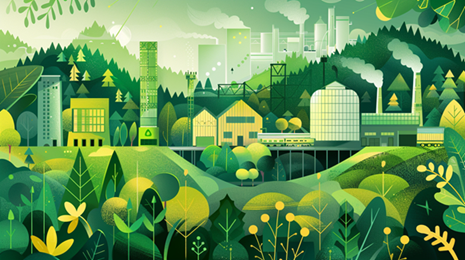
The substantial funding dedicated to transportation, electricity, local development, irrigation, housing, sanitation, clean energy, clean drinking water, environmental improvement, sustainable agriculture, and irrigation highlights the comprehensive approach towards addressing environmental challenges and promoting eco-friendly initiatives.
These investments reflect a proactive stance in mitigating climate change effects, enhancing resource efficiency, and fostering long-term environmental sustainability. Moving forward, continued emphasis on green initiatives is crucial for achieving sustainable development goals and ensuring a healthier, more resilient future for generations to come.


